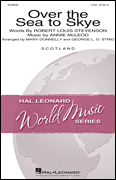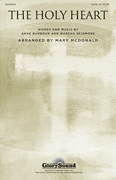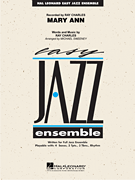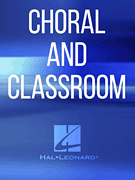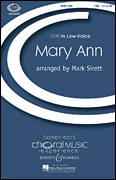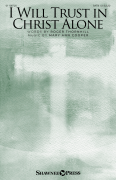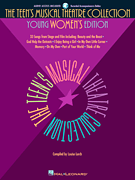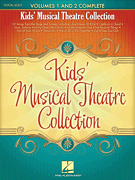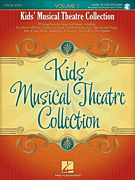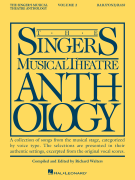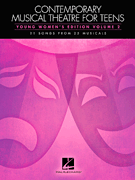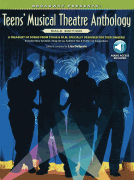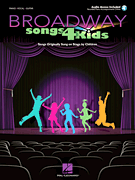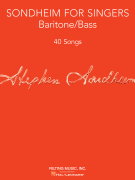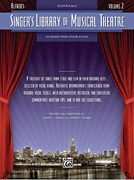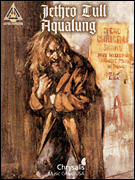Search Results for: “Mary Ann”
Loading...
Mary Ann View 10 Products
Song For A Windy Day View 9 Products
Almost Home View 8 Products
I Will Trust In Christ Alone View 7 Products
Over The Sea To Skye View 5 Products
What Wondrous, Marvelous Love View 3 Products
Mary Ann View 3 Products
Rhinoceros View 2 Products
Rebirth Of Slick (Cool Like Dat) View 2 Products
No, Mary Ann View 2 Products
Walls View 2 Products
Illustrated Man View 1 Product
Bandicoot View 1 Product
Giraffes View 1 Product
Sloth View 1 Product
Penguin View 1 Product
Panda View 1 Product
O Zion, Haste View 1 Product
Whale (Aqua Blues) View 1 Product
Hey Jesus, You're My Best Friend View 1 Product
Ring On Her Finger, Time On Her Hands View 1 Product


